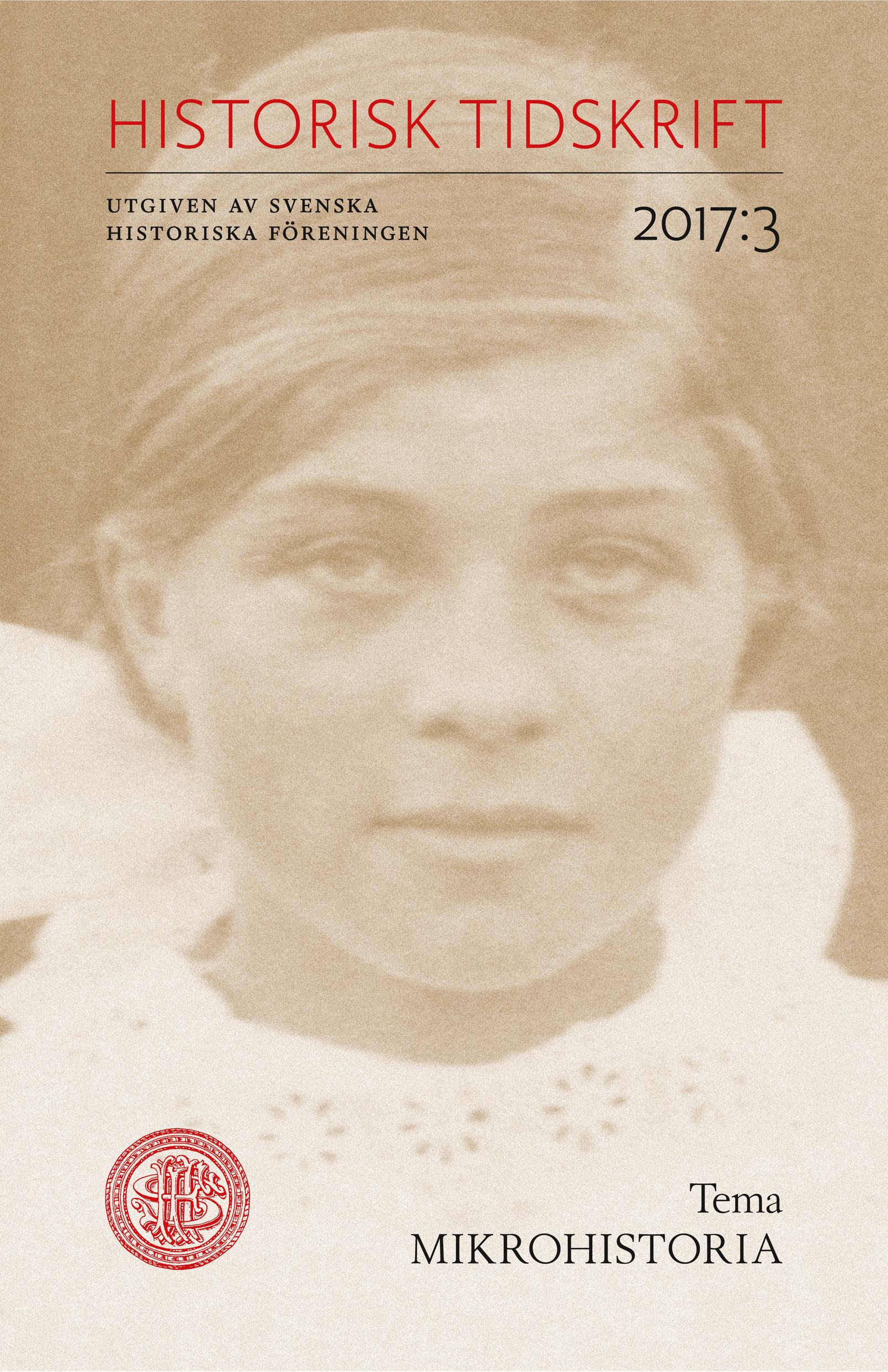Abstract
The maid and patriarchy: Rules, exceptions and the potential of microhistory
Starting from a singular case about a late seventeenth-century maid, who disobeyed her mistress and took her to court, this article discusses the place of microhistory in the wider field of historical research. We argue that microhistory has the potential to make invaluable contributions to our understanding of more general phenomena. This presupposes that the study of a single case is put into a larger context established by previous research. By doing this, we open up the possibility of a dialogue between previous research and the case, which in turn makes possible for the results of the microhistorian to influence the construction of grand narratives.
In our example, the actions of the maid are related to certain propositions in Swedish historical research about patriarchal society. We find that these propositions explain the maid’s actions inadequately. Instead, we suggest an alternative explanation and reformulate the general understanding of seventeenth-century Swedish patriarchal society on this basis. Patriarchy was a culture, rather than merely an ideology and it offered a repertoire of arguments that people in both subordinate and superior positions could use. Fathers of different kinds, such as household heads, priests, bishops and judges, maintained patriarchal order through a dynamic interplay in which the participation of people in subordinate positions, such as maids, were crucial. Whether this new understanding of the general context is valid or not, or if we are dealing with the exception to a rule, is not for this study but for future research to determine.
The kind of microhistory that we advocate is not about “bringing history to life” or “giving it a human face”, nor is it only about falsifying general theories. This would be to underestimate the potential of microhistory. Instead, our microhistory seeks to explain the particular in such a way that it has effect on how we understand the universal. Instead of reducing a single case to an instance of something different, we argue that the case should be used to understand the big picture in a new way. In this way, microhistory is able to make independent contributions to historical research and, in the end, to promote more accurate grand narratives.

